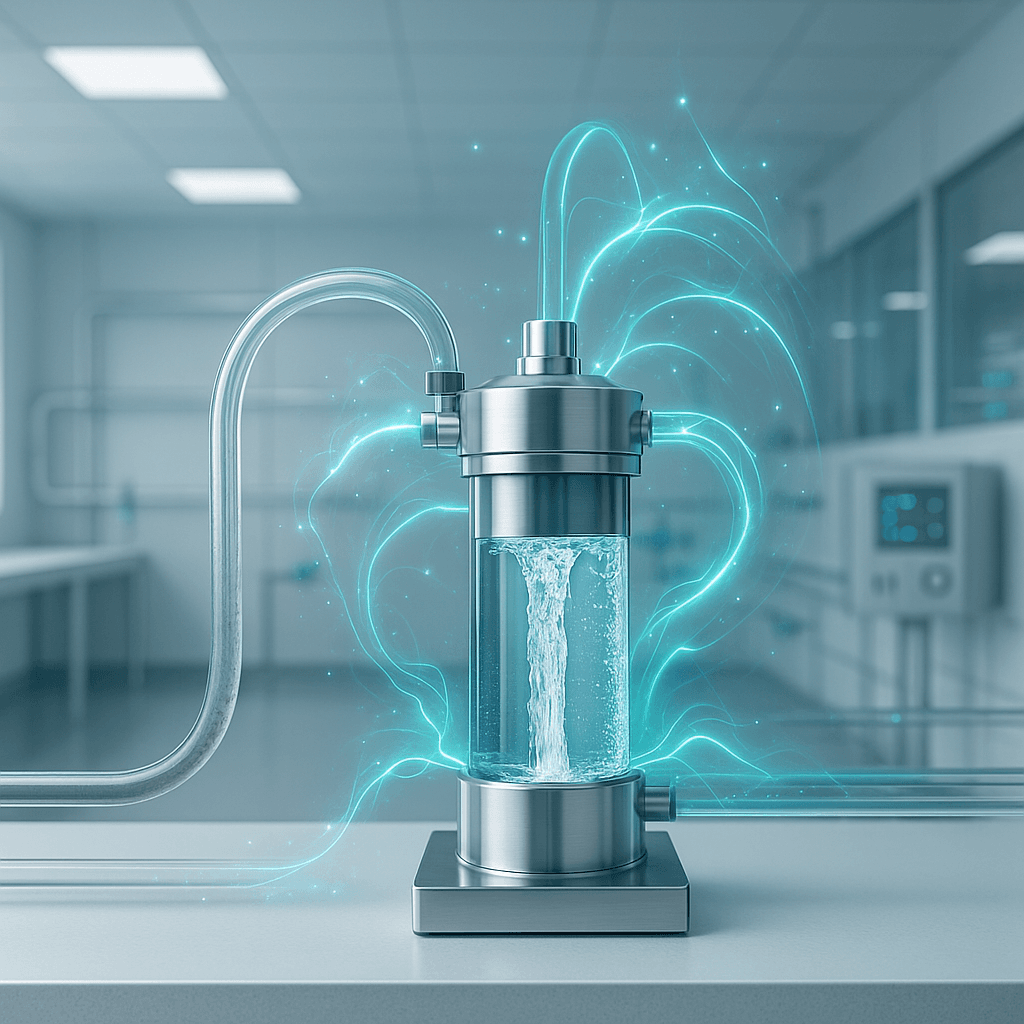Samsung just cracked one of water treatment's biggest problems - the technology actually generates power while it cleans. The Korean tech giant's new electrochemical system published in Joule journal delivers a 200% boost in ion storage while cutting energy consumption in half, potentially transforming everything from dishwashers to industrial water systems into dual-purpose energy generators.
Samsung researchers just solved water treatment's power problem with an elegant twist - their new system doesn't just clean water more efficiently, it actually generates electricity in the process. The breakthrough, published in the prestigious Joule energy journal, represents a fundamental shift in how we think about electrochemical water treatment.
The collaboration between Samsung Research's Life Solution Team and Sungkyunkwan University tackles the industry's two biggest headaches: sky-high power consumption and the expensive ion exchange membranes that make current systems commercially unviable. Traditional electrochemical water treatment burns through additional power during electrode regeneration, often consuming more energy than it saves.
"We've been preparing for this paradigm shift," the research reveals in their published findings. The numbers tell the story - their metal oxide-based nanostructure electrode delivers a 200% increase in ion storage capacity and 20% faster storage rates compared to conventional designs.
But here's where it gets interesting: instead of requiring external power for electrode regeneration like existing systems, Samsung's technology actually recovers stored energy and supplies power to nearby devices. The team measured power consumption at just 76Wh/kg - roughly half what current electrochemical water treatment systems demand.
The secret lies in the electrode's ability to store and spontaneously desorb ions through direct electron exchange, eliminating the need for costly ion exchange membranes entirely. Professor HoSeok Park's team at SKKU worked alongside Samsung researchers from ideation through validation, proving the technology works without the expensive barriers that have kept similar systems out of commercial markets.
This isn't just laboratory curiosity. The technology targets hardness ions like calcium and magnesium that reduce cleaning agent effectiveness and cause scale buildup - problems every household faces. Unlike membrane-based systems that rely on physical filters requiring constant maintenance, the electrochemical approach offers simpler upkeep while delivering superior performance.





